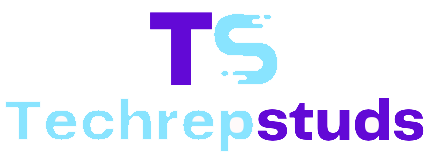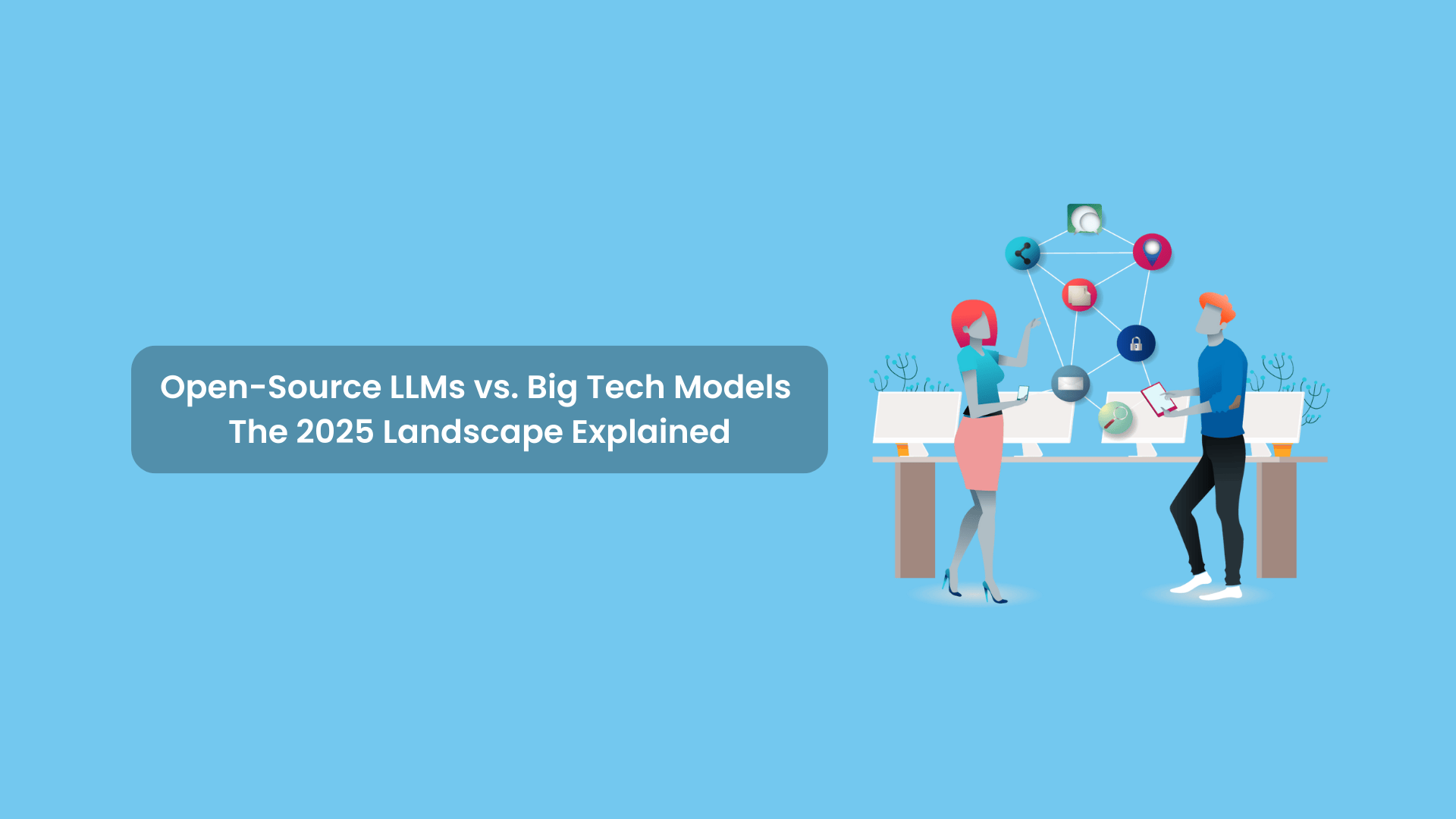In 2025, the race to dominate the AI language model space is more competitive than ever. While major players like OpenAI, Google, Meta, and Anthropic continue to refine their proprietary large language models (LLMs), a parallel movement is rapidly gaining traction with open-source LLMs.
The battle between open and closed AI ecosystems is not just about accessibility. It’s about transparency, innovation, performance, and long-term control. Here’s a look at how the landscape has evolved and what it means for developers, businesses, and the future of AI.
Big Tech Models: The Closed Powerhouses
OpenAI’s GPT-4.5, Google’s Gemini 1.5, Anthropic’s Claude 3, and Amazon’s Titan are among the most advanced LLMs. These models are known for their raw power, generalization capabilities, and enterprise integration.
Strengths:
- Cutting-edge performance in reasoning, creativity, and multilingual tasks.
- Stable APIs, security layers, and cloud deployment options.
- Integration-ready with platforms like Microsoft 365, Google Workspace, AWS, etc.
Limitations:
- Lack of transparency: Model weights and training data are proprietary.
- Usage restrictions: Limited customization, paywalls, and licensing barriers.
- Data privacy concerns when using cloud-hosted APIs.
Open-Source LLMs: The Community-Powered Contenders
Open-source models like Mistral, LLaMA 3 (Meta), Falcon, Mixtral, and Dolphin (by Cognitive Computations) prove that high performance can be achieved outside corporate walls.
Strengths:
- Customizable and transparent: Developers can fine-tune or retrain models for specific use cases.
- No vendor lock-in: Models can be deployed on private servers or edge devices.
- Faster innovation: Community contributions often lead to rapid improvements and bug fixes.
Limitations:
- May lag in specific complex reasoning or coding tasks compared to GPT-4 or Gemini.
- Resource-intensive: Running high-quality open-source models requires significant computing power.
- Less polished: Lacks the ecosystem-level polish of commercial models.
Key Developments in 2025
- Meta Releases LLaMA 3
LLaMA 3 (7B, 13B, and 65B variants) are now at the core of many AI startups due to their open weights and firm performance in multilingual and reasoning benchmarks.
- Mistral’s Rise
Mixtral (a mixture of experts model) delivers top-tier performance rivaling GPT-4 on many tasks, fully open and license-friendly.
- Enterprise Shift Toward Hybrid Models
Companies increasingly use a hybrid approach combining open-source models for internal tools and commercial APIs for high-availability consumer products.
- Government & Regulation Impact
European and Asian governments are promoting open-source AI development to ensure national digital sovereignty and avoid over-reliance on U.S.-based tech giants.
Use Cases: When to Choose What?
| Use Case | Big Tech Models | Open-Source LLMs |
|---|---|---|
| Customer-facing apps | ✅ Reliable, scalable | ⚠️ Needs optimization |
| Internal enterprise tools | ⚠️ Costly, less private | ✅ Secure and customizable |
| Research and experimentation | ⚠️ Limited access | ✅ Ideal for testing and training |
| Edge or offline AI apps | ❌ Cloud-dependent | ✅ Can run locally |
Conclusion
The divide between open-source LLMs and proprietary big tech models is narrowing. Open models are now powerful enough to compete in real-world applications, while big tech models offer scale and consistency that many businesses still rely on.
In 2025, the best choice isn’t always one or the other, it’s knowing how to balance both.

